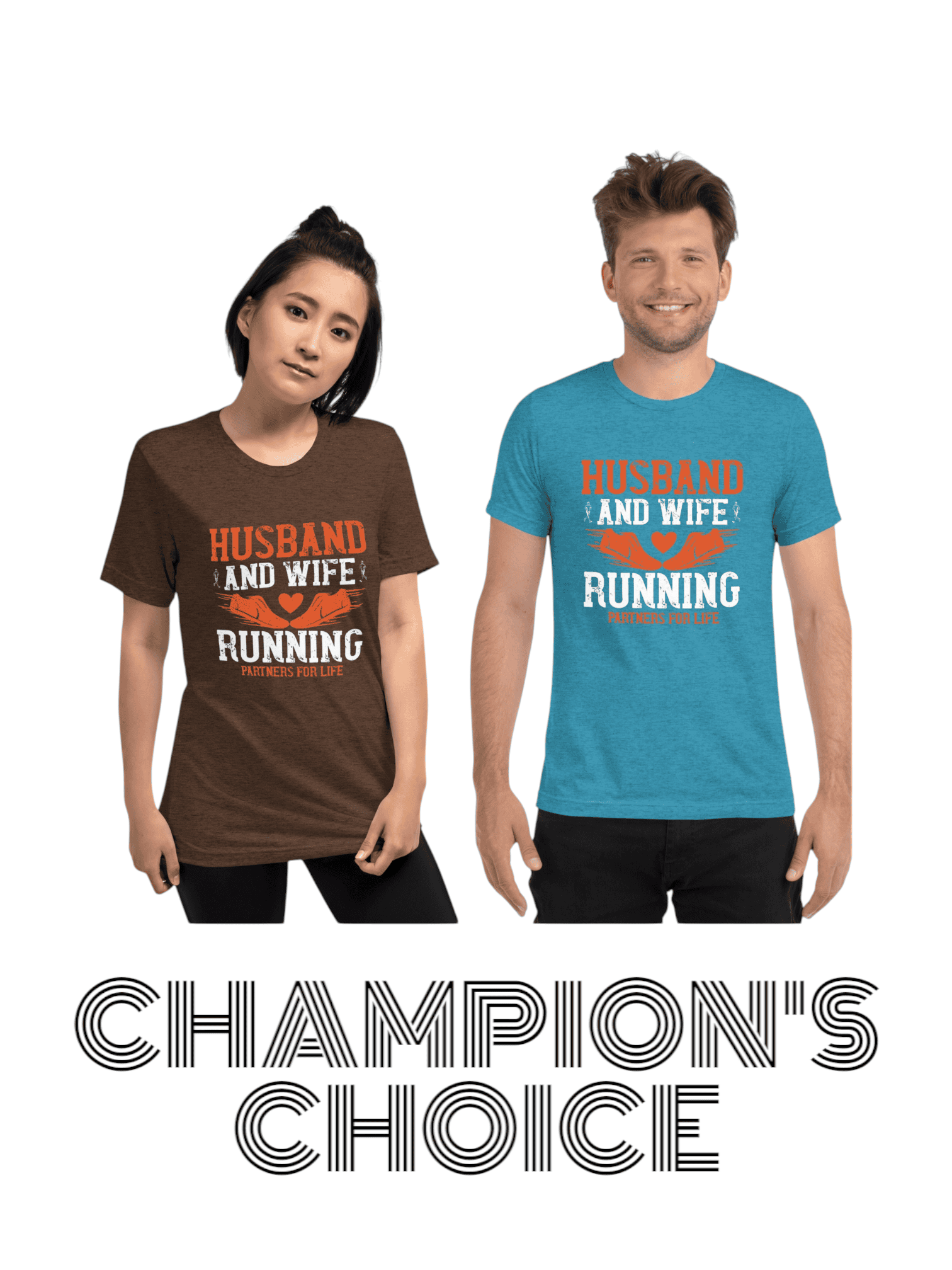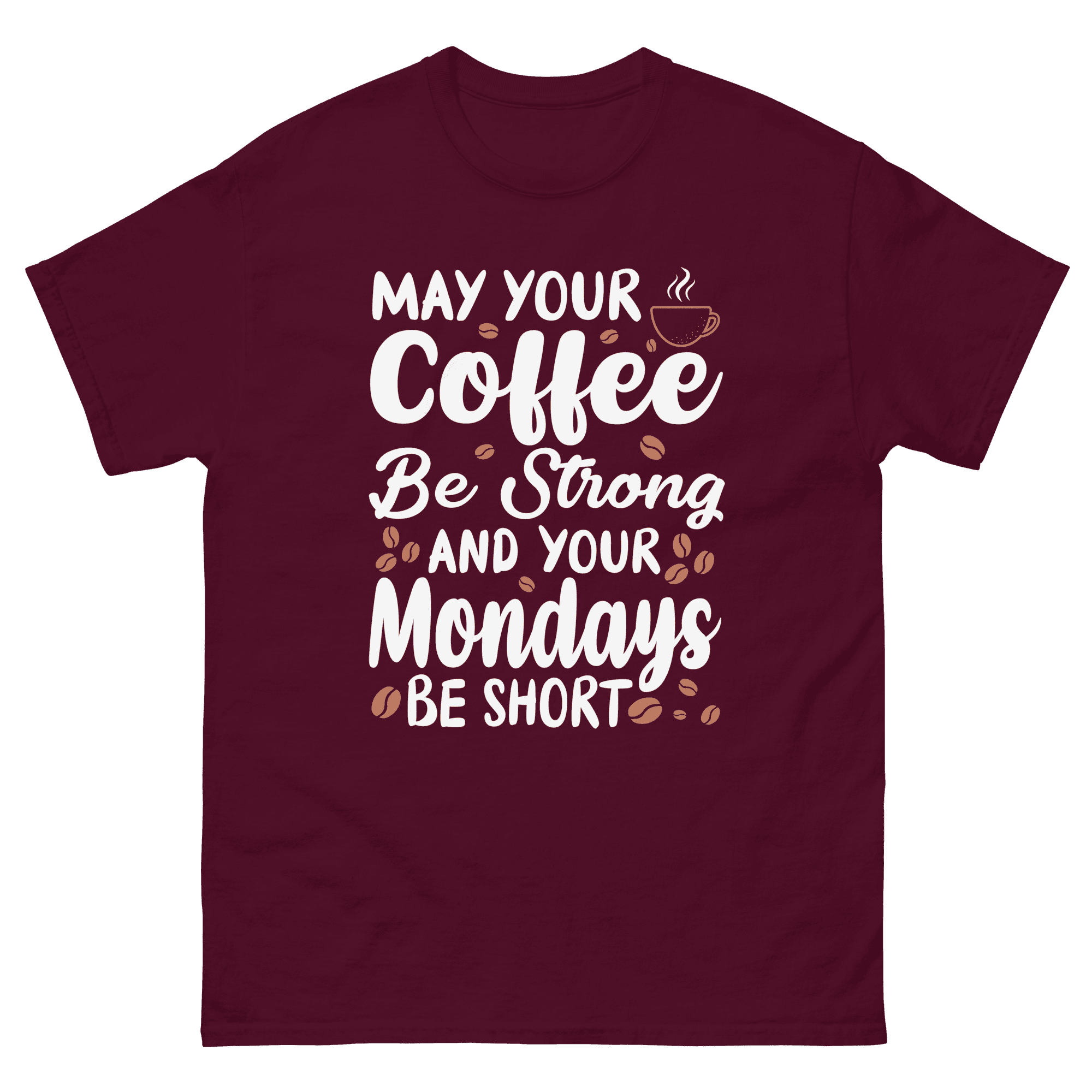Christmas vibes,
wrapped in a T-shirt
Check out our collection




Subscribe and get 3x20% discount coupons sent to your email. The discount is valid until further notice and cannot be combined with other promotions. Additional terms may be found in the Privacy Policy and Terms of Service.



Quality You Can Trust: OEKO-TEX® Certified
OEKO-TEX® is an internationally recognized certification system that ensures textiles and fabrics are tested for harmful substances. If a product carries the STANDARD 100 by OEKO-TEX® label, it means that every component of the item — from the threads to the prints and accessories — has been tested and found safe for human health.
✅ Skin-Safe: Ensures the product is free from harmful chemicals and allergens.
🌱 Environmentally Friendly: Encourages sustainable and responsible manufacturing practices.
👶 Trustworthy for All Ages: Certified products are safe even for babies and people with sensitive skin.
The OEKO-TEX® testing criteria go beyond national and international legal requirements.
They test for:
We care about your comfort and well-being — that's why we choose OEKO-TEX® certified textiles for our t-shirts. It's our way of guaranteeing high-quality, safe, and eco-conscious products you can wear with confidence.
Why Printoo?
Unique graphic t-shirts with bold, fun, and original designs. Stand out with creative prints made to express your style—shop exclusive tees at Printoo.shop!
High-quality t-shirts with vibrant prints and durable fabric. Enjoy comfort, style, and long-lasting wear—premium tees only at Printoo.shop!
Eco-friendly t-shirts made with sustainable materials and ethical production. Look good and feel good—shop green fashion at Printoo.shop!
Shopping and Customer Support in EU Languages
Printoo Shop’s interface and customer service are available in all official languages of the European Union. This allows every customer to browse, order, and get assistance in their native language—easily, safely, and comfortably.
European Manufacturing, Fast Shipping
Printoo Shop products are made within the European Union, meeting strict EU quality and environmental standards. Shorter supply chains mean faster delivery, predictable fulfillment, and no customs fees—premium items at your doorstep in just a few days.
Hungarian Brand with a European Heart
Printoo Shop is a Hungarian-owned brand based in Dunaújváros, Hungary. From here, we build our community, develop our products, and ensure that every order is fulfilled quickly, accurately, and reliably—wherever you are in the EU.
Stay in the loop – follow us now!
Follow. Like. Share.


Our City T-Shirts bring urban energy to your wardrobe with unique prints inspired by the places that move you.
Whether it’s the skyline, the street culture, or the spirit — rep your favorite city in style.


for True Caffeine Lovers

Spice up the mood with bold designs, perfect for parties, gifts, or just a laid-back day. Whether it’s beer, wine, or something stronger – everyone can find their favorite drink-themed tee here.
Outdoor Roads & Cosmic Dreams